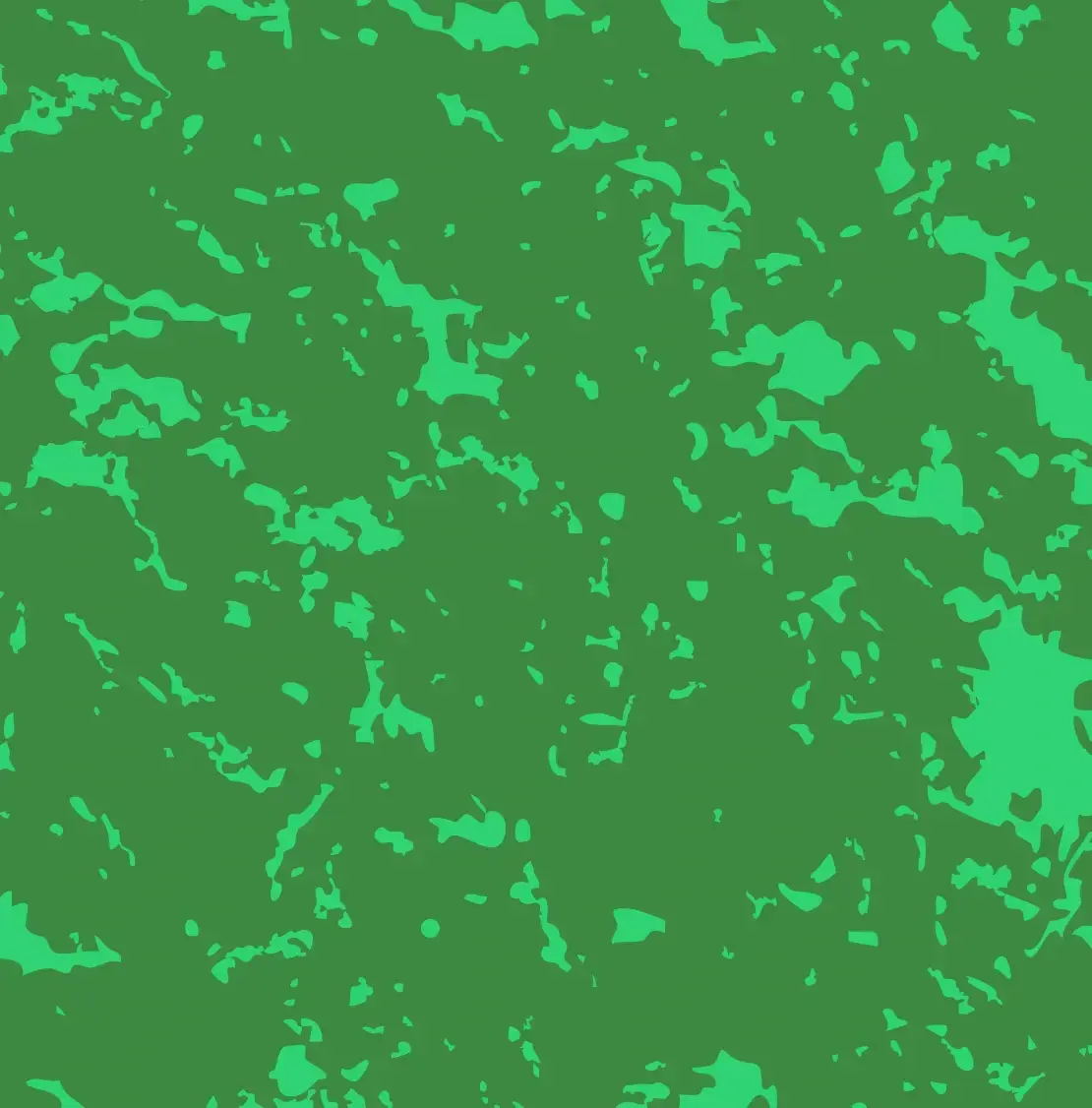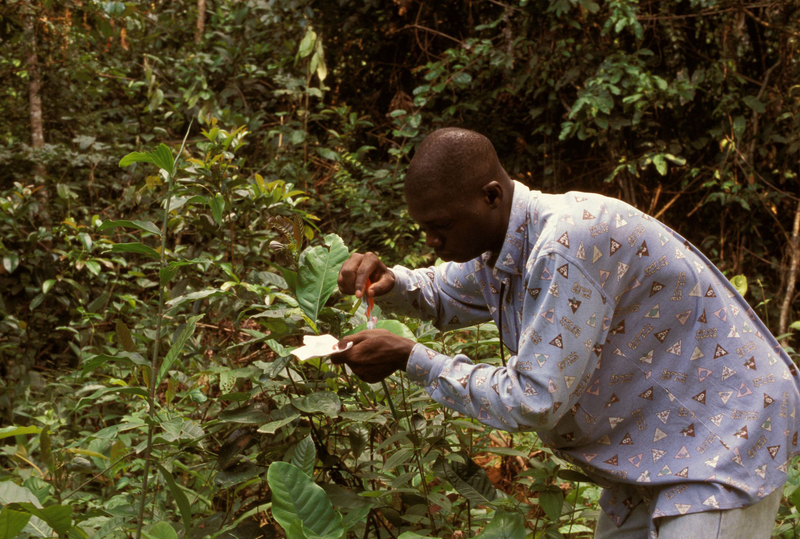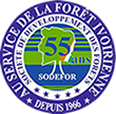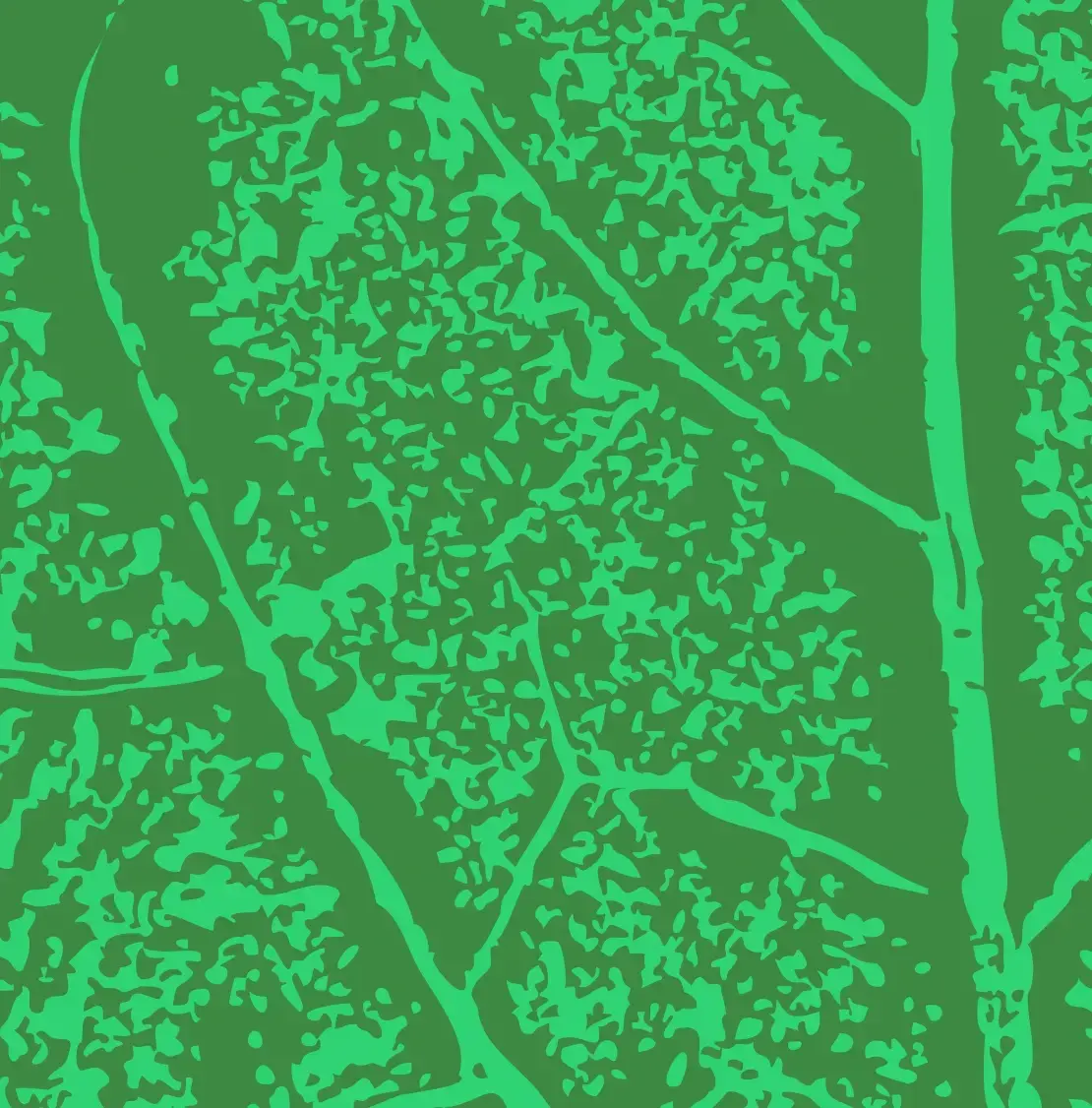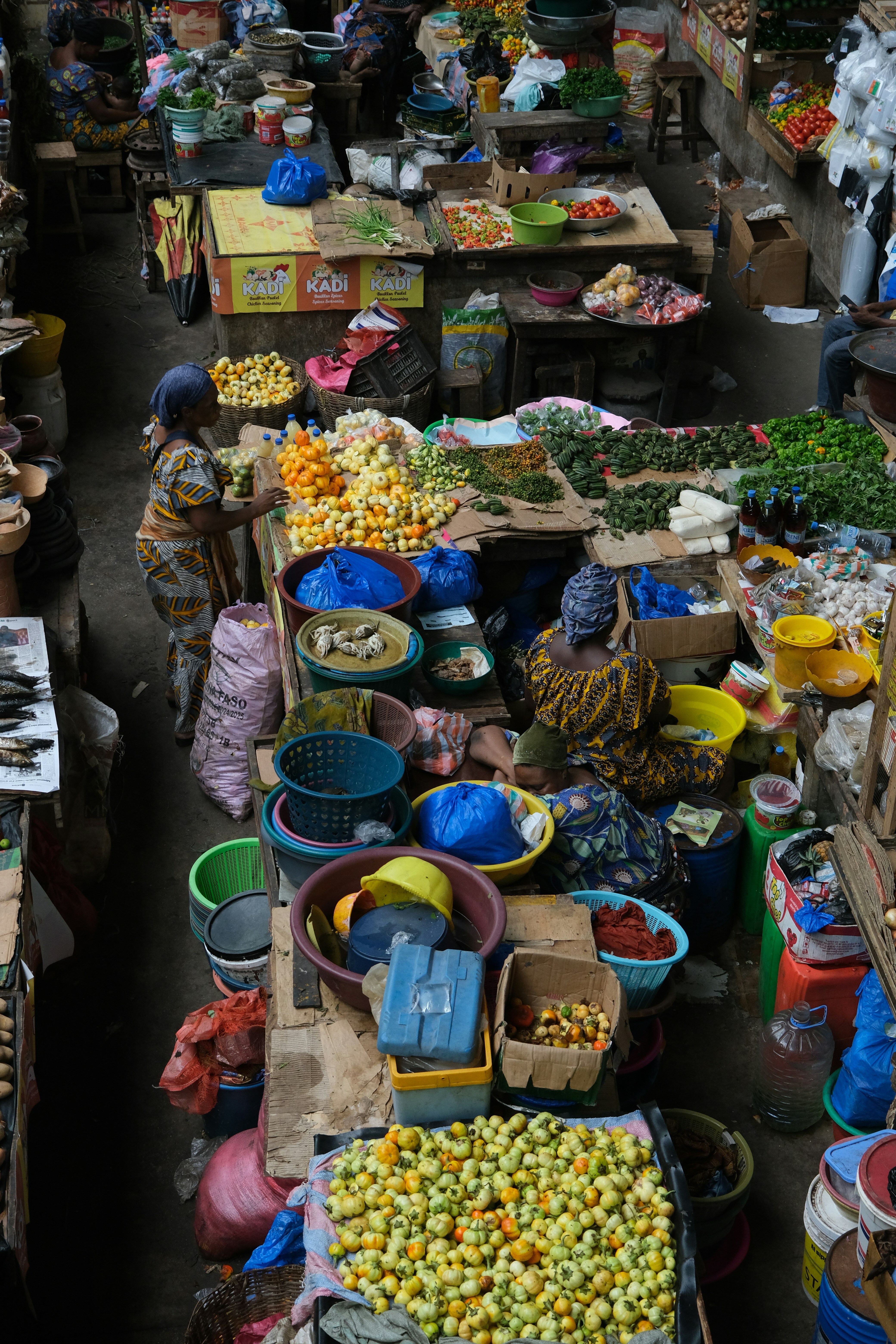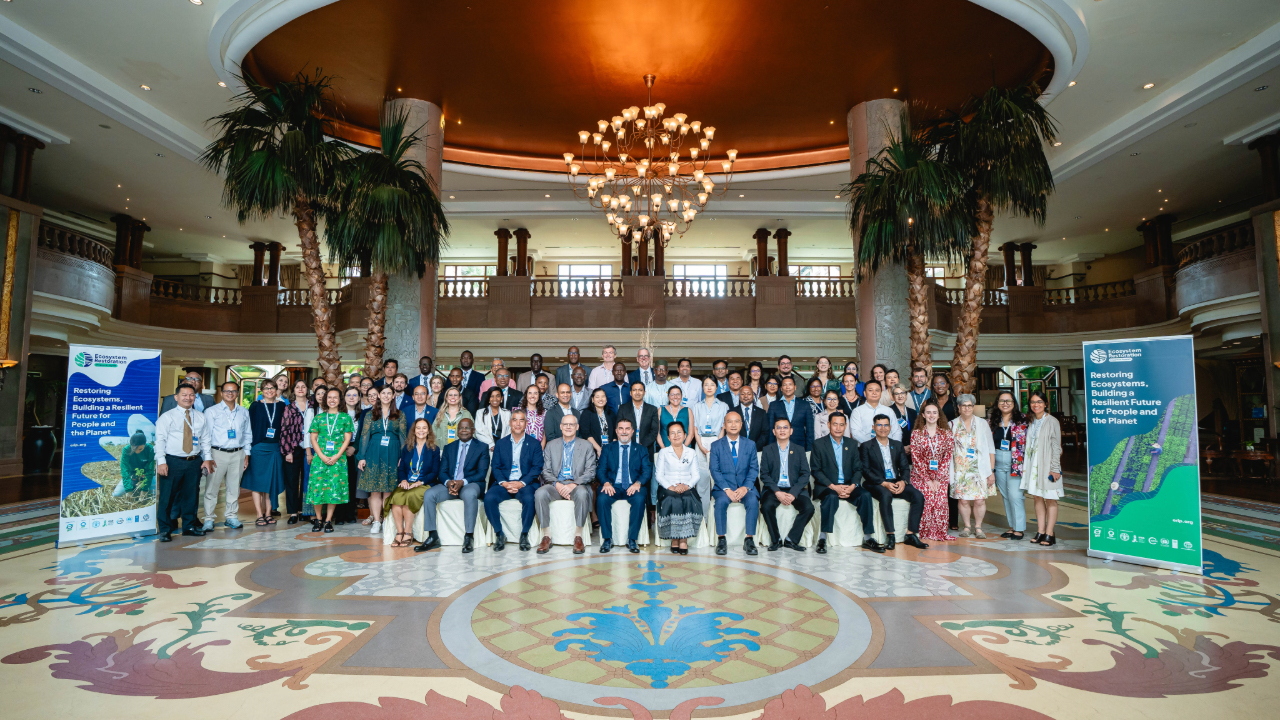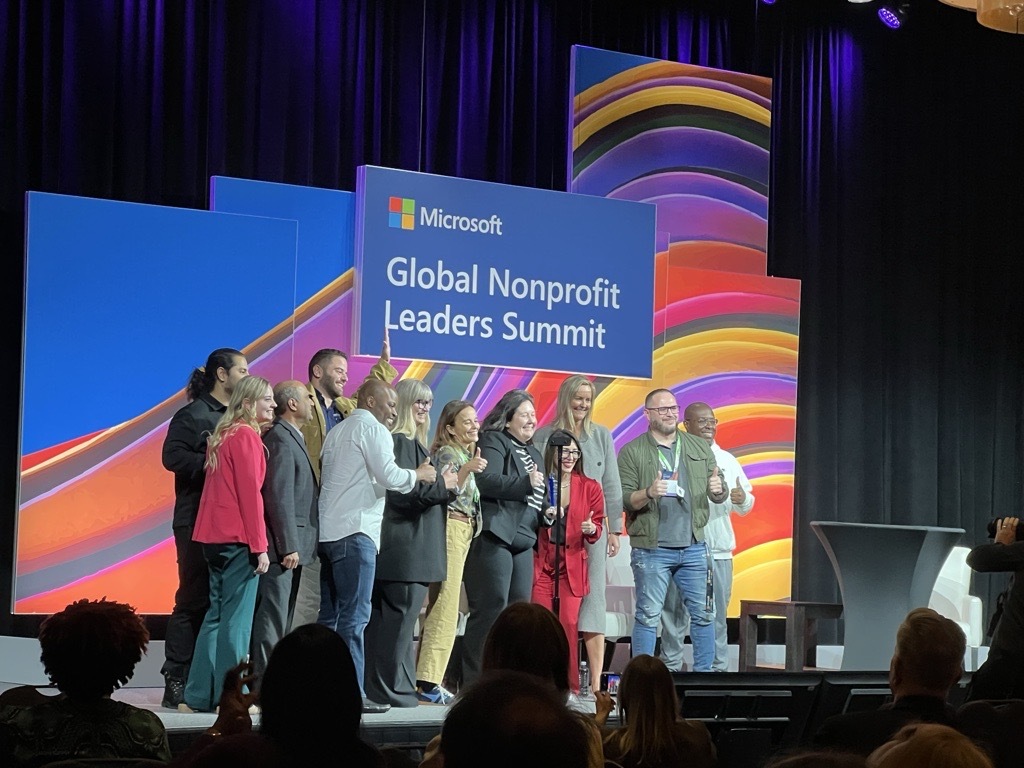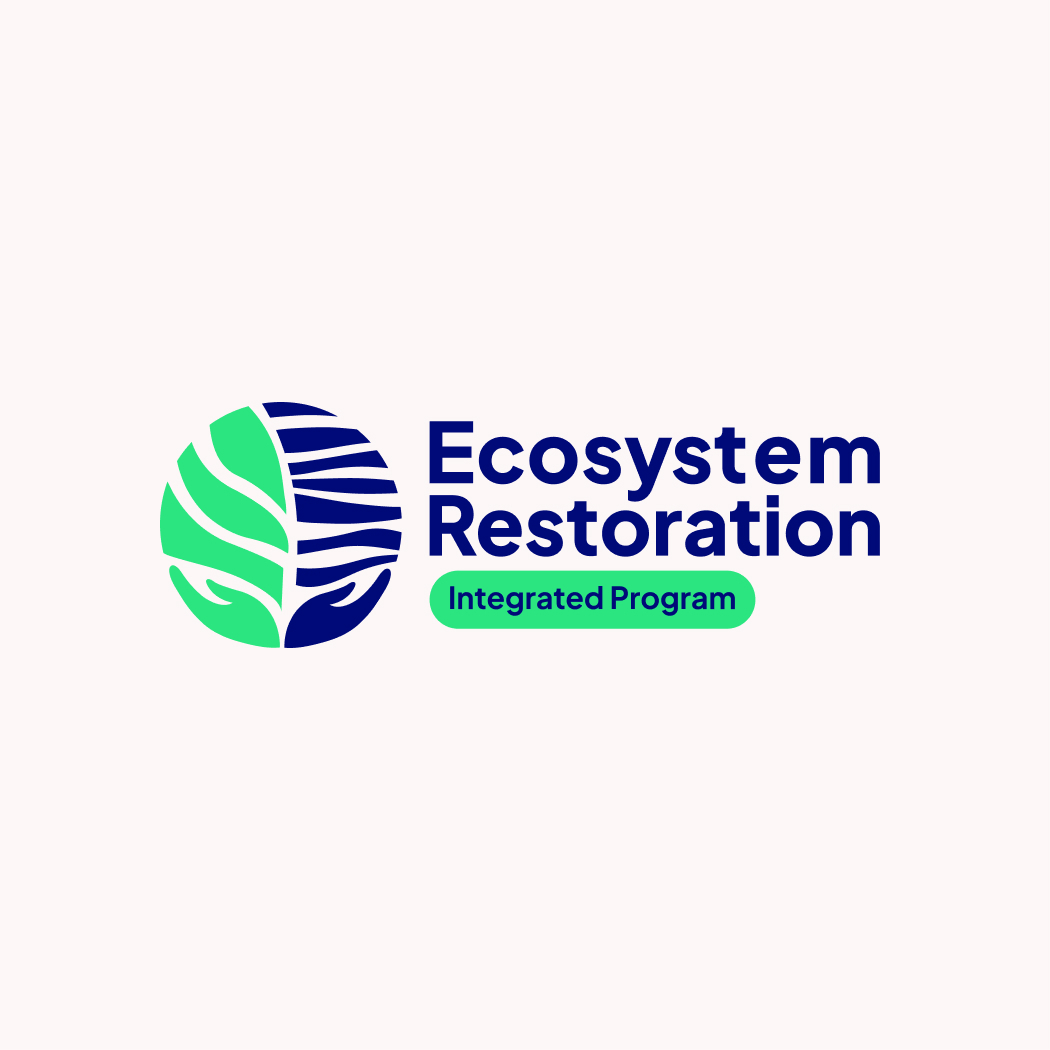Restoration Ambition
In central and northern Côte d'Ivoire, the project is working to restore and sustainably manage savannah ecosystems by promoting sustainable cashew production and supporting local livelihoods. These efforts contribute to national and global restoration goals by addressing ecosystem degradation and enhancing biodiversity.
The project will provide training on ecosystem assessment and support the preparation of local land use plans. It will implement sustainable agroforestry practices and income-generating activities, while monitoring restoration progress and conducting baseline studies.
To strengthen market connections, the project will foster business agreements between producers and buyers. It will also work to improve existing funding mechanisms for biodiversity restoration and support knowledge sharing through the creation of knowledge products and participation in regional exchanges.
Photo credit: © Conservation International/photo by Leeanne Alonso
